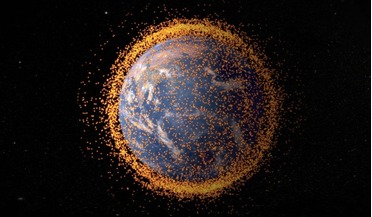 February 2017
Growing space agency dilemma
February 2017
Growing space agency dilemma
... vision, and key goals? Shouldn’t you let private space commerce take over near Earth space activities and just concentrate on the really hard stuff like deep space probes? Why should the public pay for expensive...
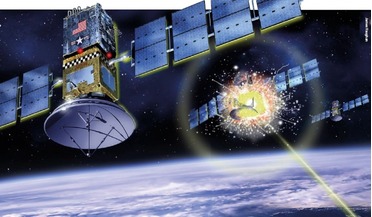 January 2021
Spacepower and international relations
January 2021
Spacepower and international relations
... the conduct of modern warfare and perceptions of the balance of power in the international system. Earth orbit and deep space cannot be reduced to the simplistic ‘high ground’ of military strategy, as often described in public commentary on military...
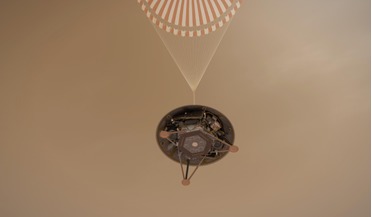 26 November 2018
Success for InSight as it performs a flawless landing on Mars
26 November 2018
Success for InSight as it performs a flawless landing on Mars
... eyes and ears around the globe, including ESA’s deep-space ground tracking stations and its ExoMars Trace Gas Orbiter ... of Mars and become the first mission to directly study the deep interior of a planet other than Earth. Mars’ surface has ...
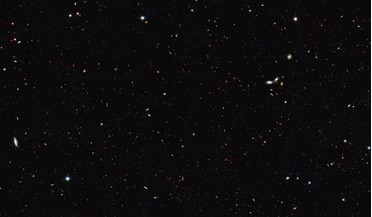 14 October 2016
Observable Universe is populated with 10 times as many galaxies as previously thought
14 October 2016
Observable Universe is populated with 10 times as many galaxies as previously thought
..., whose lead author on the research paper is Christopher Conselice from the University of Nottingham, UK, painstakingly converted deep space images from Hubble and data from his team's previous work, into 3D, in order to make accurate measurements...
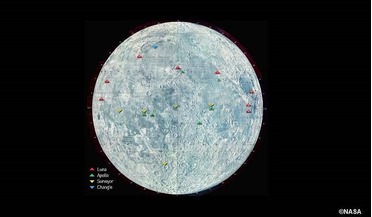 02 December 2014
Roscosmos plans deep space exploration
02 December 2014
Roscosmos plans deep space exploration
Russia is planning to recommence its uncrewed lunar sample return activities, ceased since the last lunar lander flown in 1974. Plans include three uncrewed craft – Lunas 25, 26 and 27 – flying in 2023-25. Subsequently, Luna 28 and 29 would provide ...
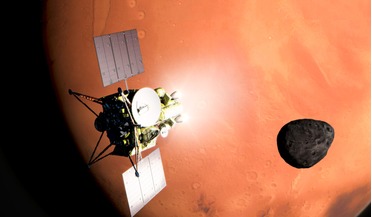 21 February 2020
MMX mission gets green light to land on Phobos
21 February 2020
MMX mission gets green light to land on Phobos
...partners; NASA (USA) is contributing a gamma ray and neutron spectrometer, ESA (Europe) is listed as assisting with deep space communication equipment, CNES (France) is building a near-infrared spectrometer, while DLR (Germany) is to design the rover...